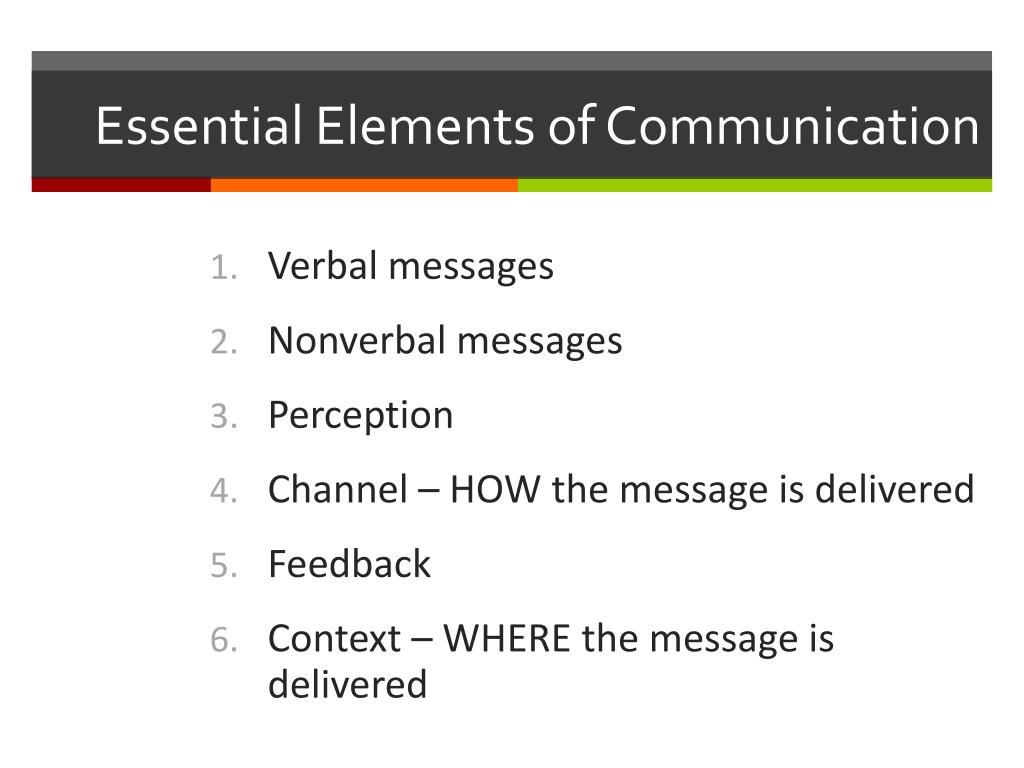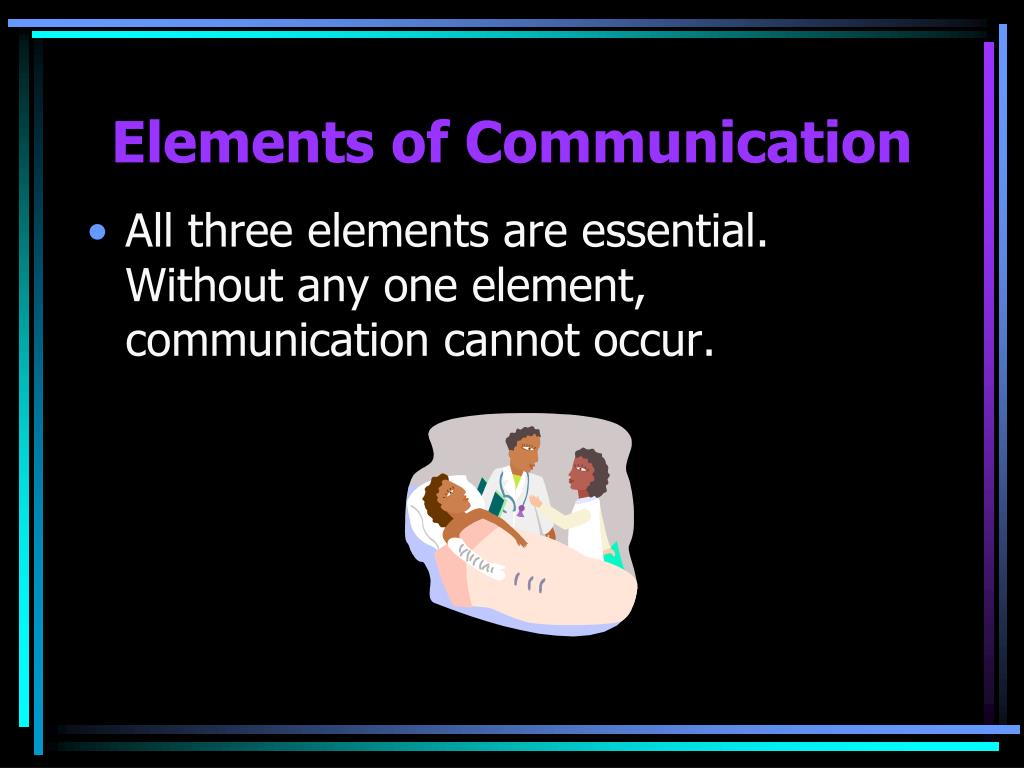

It should be possible to differentiate Urgent and Import information and understand the time scale for any actions. Timeliness and UrgencyĬommunication should be done at proper time and with the appropriate level of impact and urgency, to ensure that messages can be understood and acted upon to achieve their objective. Equally, communication should be consistent with the policies, plans, programs and objectives of the organization and not in conflict with them. There should be a good connection with the main topic and, often linked to company values, principles, and mission. It’s important that communication remains logical, well-planned, and self-reinforcing across these. CoherencyĬommunication often takes place across multiple tools/formats and over a period of time. Both types should embrace the organization’s ethos commonly this is positive, honest, respectful, open and polite. Informal communication can be helpful for assessing the reaction of employees towards various policies. Formal communication is generally used for transmitting messages and other information however, sometimes informal communication may prove more effective. Senior staff should be seen to be acting in accordance with the messages, using the messaging tools and supporting the messaging processes. This may require constructing different message formats for different roles and grades. so they may respond differently to the message. People are different in behaviour, attention, emotions etc. In good communication, the receiver’s attention is drawn to the message. Typically, sentences should be short, in the active voice and key elements stated it in separate bullet points. It is also essential that the receiver is conversant with the language, inherent assumptions, and the mechanics of communication. Be clear of the format you want to say it in. Communications shouldn’t leave your team confused. The purpose of messages should be clear worded in such a way that the receiver understands the same thing which the sender wants to convey. Links to supporting material are recommended Clarity then it should clearly indicate that there is more to follow, with requisite when and how. Where communication cannot be completed in a single message etc.

Where possible, it should fully address the purpose and provide enough that the recipients can take the required action without delay, confusion or a reduction in productivity or motivation. The information communicated should be adequate and complete.

People shouldn’t be left wondering if there is more to come. Active communications should be carefully managed to prevent overuse or abuse. The need for active communication, where important or urgent notifications are emphasized above general messaging 'noise' and so direct their attention, should be considered alongside passive 'Publish and Track' or 'For Interest' ('Publish and Forget') approaches. Each message must have a logical conclusion and a call to action. Visual design should provide a good UX, support the message and the brand and make it easy for people to engage and pick out the important elements. Diagrams and images provide impact and clarity. Short, punchy statements are often more effective than rambling prose. You need to communicate your message in the fewest possible words, have the consistency of tone, voice, and content so that you can save time. This includes what is said, how it is delivered, when it is sent/published and why people should take notice. Seven Principles EffectiveĮvery communication should have a clear purpose and should achieve that purpose to be effective.
7 key elements of communication professional#
If you are not a Communications professional you may find this interpretation of the principles helpful as part of a communications strategy, maturity assessment or technology selection. There are some common themes which were used to inform the Communication Competency within the Microsoft 365 Maturity Model. For official Microsoft content, see Microsoft 365 documentation.Ĭommunication Professionals will sometimes refer to the 7 Principles of Communication sadly, these are not standardised (so probably level 200!), but This is an open-source article with the community providing support for it.


 0 kommentar(er)
0 kommentar(er)
